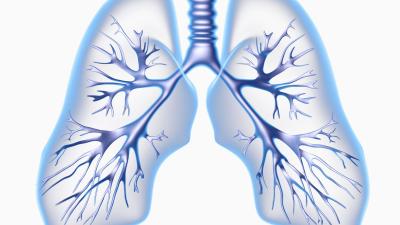SARS-CoV-2 Entry Into the Human Central Nervous System

Study in a Sentence: Researchers demonstrated SARS-CoV-2 infection in human tissue samples of olfactory mucosa (the outer layers of tissue in the nose) and its neuronal projections into the central nervous system (CNS), indicating that the virus can exploit the olfactory system to cross into the CNS.
Healthy for Humans: CNS-related symptoms of COVID-19 are well-defined and include loss of smell and taste, headache, fatigue, nausea, vomiting, cerebrovascular disease, and impaired consciousness, but their pathogenesis is not well understood. To better understand COVID-19 diagnosis, prognosis, and treatments, researchers aimed to characterize how SARS-CoV-2 infects cells of the human olfactory system, a potential entryway for the virus into the CNS.
Redefining Research: In the first systematic analysis of human post-mortem olfactory and brain tissue, samples were collected from 33 individuals with confirmed COVID-19. Signatures of infection in the olfactory mucosa and its neuronal projections into the CNS suggest that SARS-CoV-2 follows olfactory neuroanatomical structures to penetrate the brain and CNS, potentially explaining the neurological symptoms of COVID-19.








